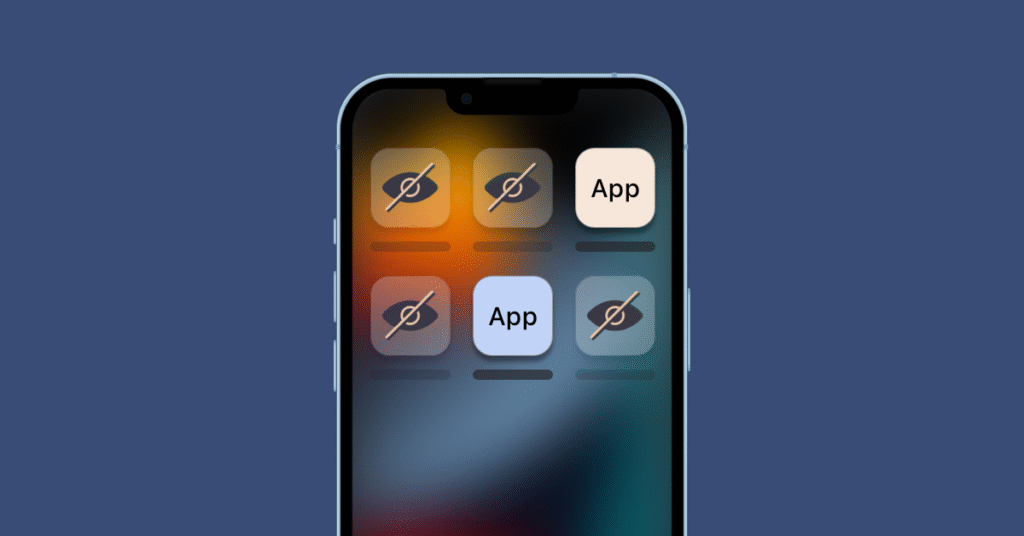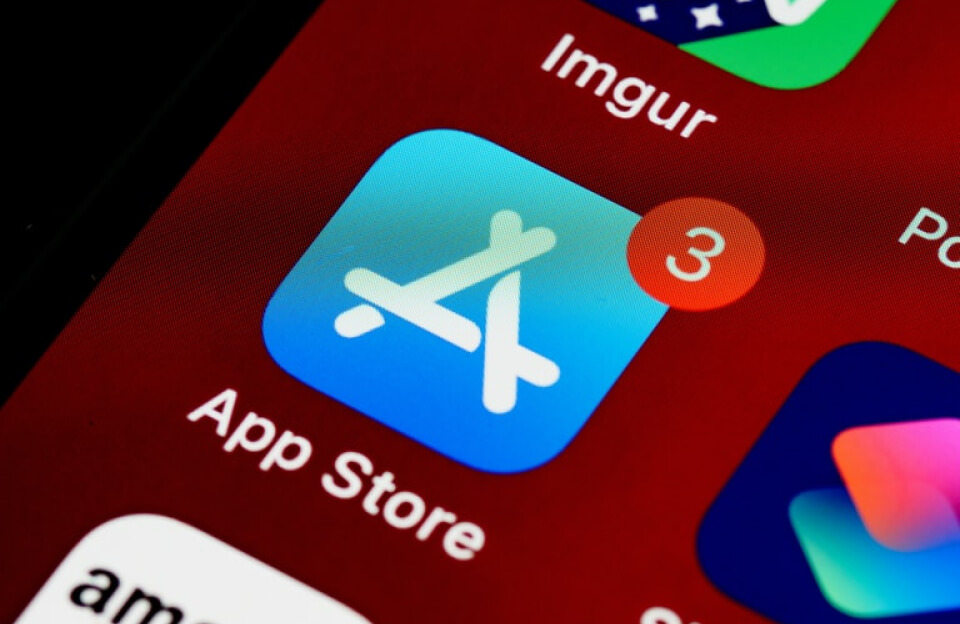Most people think of apps as something you open, tap around in, and then close. But a new generation of software is challenging that assumption. These so-called invisible apps don’t ask for your constant attention. Instead, they run quietly in the background, surface insights only when necessary, and often feel less like “apps” and more like an extra layer of intelligence woven into daily life. This shift signals more than just a new design trend — it represents a fundamental rethinking of how we engage with technology.
What Makes an App “Invisible”?
The term doesn’t mean the app literally can’t be seen. Rather, it refers to applications that minimize interaction, hide their complexity, and automate tasks without the user needing to actively open them.ap
Examples include:
- Health trackers that log steps, heart rate, or sleep without manual input.
- Finance apps that automatically categorize expenses and alert you only for anomalies.
- Productivity tools that integrate into messaging apps or calendars, reminding you of tasks at the right moment rather than sitting idle in a folder.
The common thread is simplicity: they reduce friction by cutting out unnecessary taps, screens, and distractions.
Why Are Invisible Apps Emerging Now?
A few forces are converging to make invisible apps not only possible but desirable:
- Notification Overload
Users are overwhelmed by constant alerts. Invisible apps reverse this trend by surfacing information only when it truly matters. - Sensor-Rich Devices
Phones and wearables collect unprecedented amounts of data through accelerometers, GPS, biometrics, and more. Invisible apps transform this raw data into meaningful insights without demanding manual input. - Advances in AI and Automation
Machine learning enables apps to predict needs, personalize experiences, and trigger actions autonomously — often before the user realizes they need them. - Shifts in User Expectations
People no longer measure value by how much time they spend in an app, but by how much time the app saves them.
The User Experience Advantage
Traditional apps often create friction: opening the app, navigating menus, and inputting data. Invisible apps remove this burden. They embody the principle of calm technology, where the app remains in the periphery until its input is essential.
Consider Apple’s AirPods automatic device switching, or Google Maps sending you a real-time traffic notification before you leave for work. Both reduce effort while still delivering high value.
The UX goal shifts from “engagement” to seamless integration — the less you notice the app, the better it’s working.
Challenges and Concerns
Invisible apps are not without risks.
- Privacy and Trust
Apps that operate quietly in the background inevitably access sensitive data. Without strong transparency and permissions, users may feel uneasy about surveillance — much like when you transfer big files online and need assurance that the process is secure and private. - Loss of Control
Automation can create anxiety when decisions happen without clear visibility. If an app books a ride or makes a financial transfer, how much oversight does the user retain? - Monetization Models
The traditional app economy thrives on engagement metrics. If invisible apps succeed by reducing screen time, developers need new ways to measure value and generate revenue.
The Future of Invisible Apps
We’re moving toward a world where the best apps may not look like apps at all. They’ll be ambient services, integrated into wearables, cars, smart homes, and even workplaces.
Imagine a health app that adjusts your office lighting based on your stress level, or a personal finance assistant that automatically invests spare change without a prompt.
The more these tools integrate seamlessly into the background, the more they shift from being “apps” to being invisible infrastructure — like electricity: unnoticed until you need it.
Conclusion
The rise of invisible apps reflects a larger cultural desire for less friction, fewer distractions, and technology that feels supportive rather than demanding. By blending automation, data, and thoughtful design, these apps are redefining what it means to “use” an app in the first place.
As with any shift, the challenge will be balancing convenience with control, and automation with transparency. But one thing is clear: in the near future, some of the most powerful apps may be the ones you barely notice at all.


